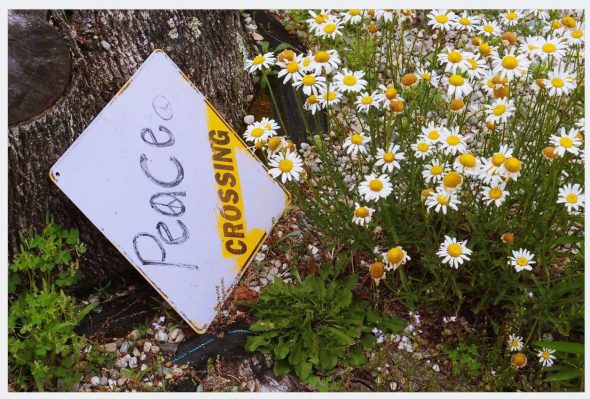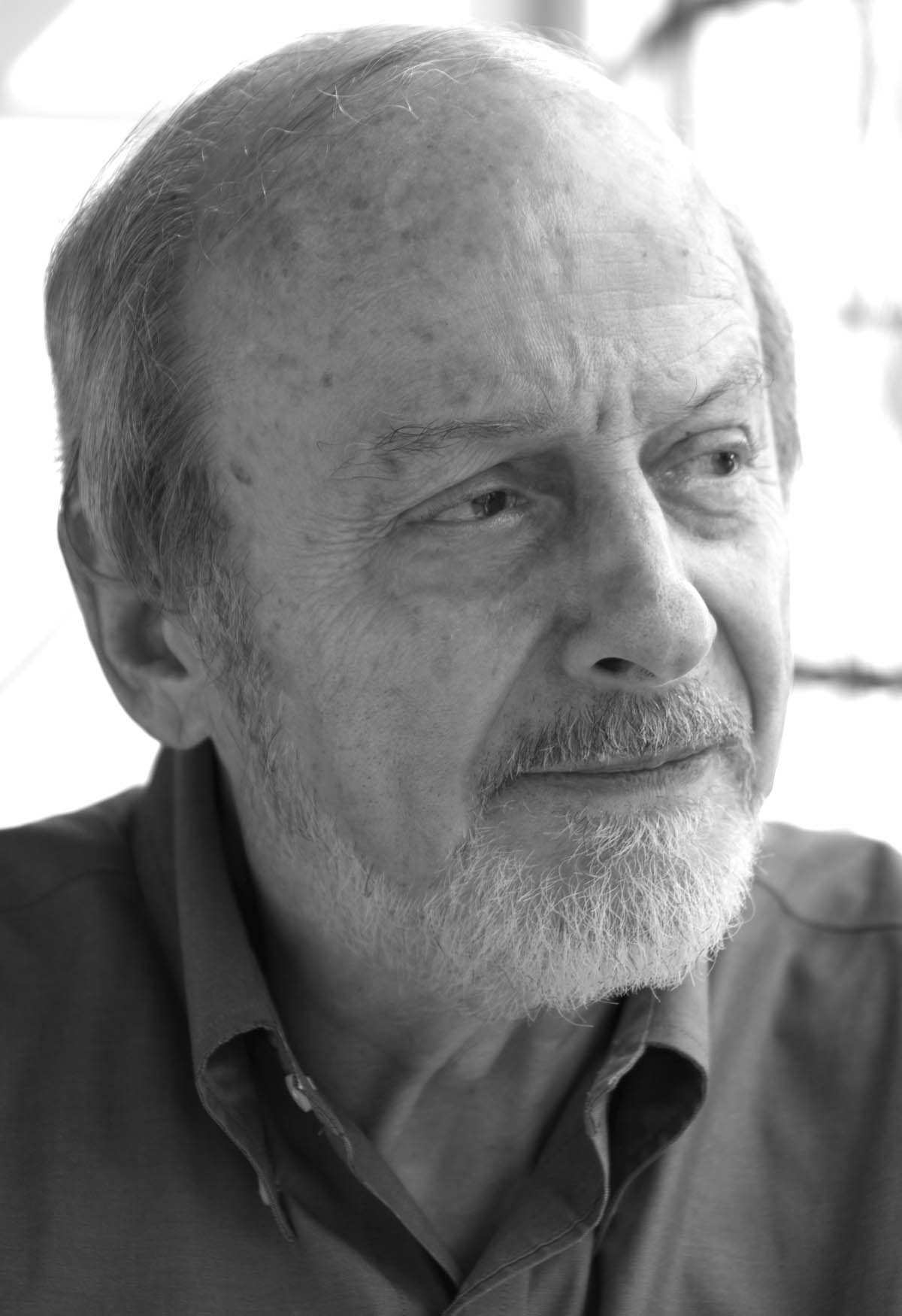“One is called to live nonviolently, even if the change one works for seems impossible. It may or may not be possible to turn the US around through nonviolent revolution. But one thing favours such an attempt: the total inability of violence to change anything for the better.” ~ Daniel Berrigan
Today, Aug. 28, is also the day in 1963, more than 200,000 people gathered in Washington, D.C., for the March on Washington for Jobs and Freedom, now known as the March on Washington. It is also the day the world first heard Martin Luther King’s “I Have a Dream” speech, which was delivered during the March on Washington for Jobs and Freedom on August 28, 1963. In the speech he called for an end to racism in the United States and called for civil and economic rights. If only we could be proud of how far we have come.
I’ve decided to include quotations that I like and that I receive from Pace e Bene here on my blog. This is another one of those.
















